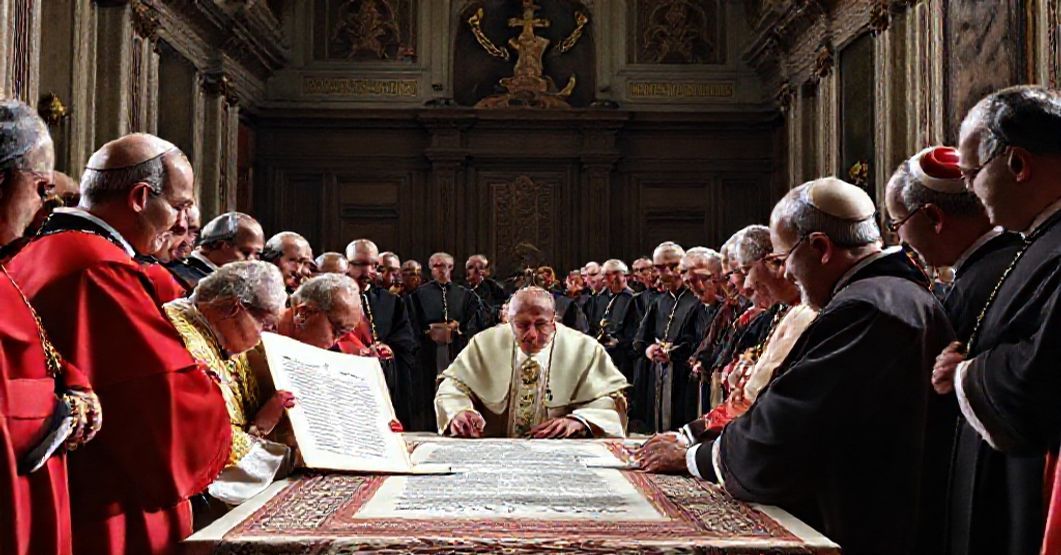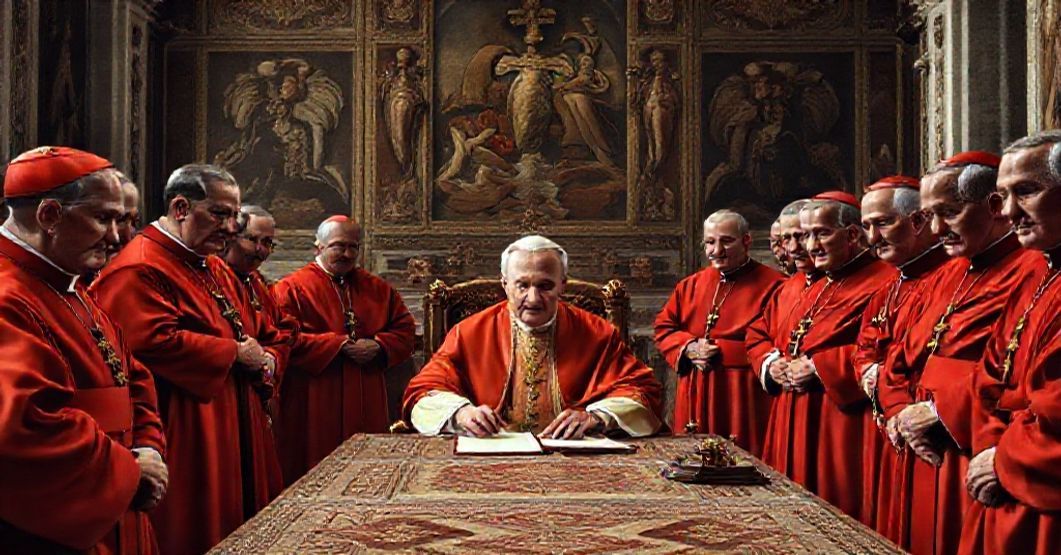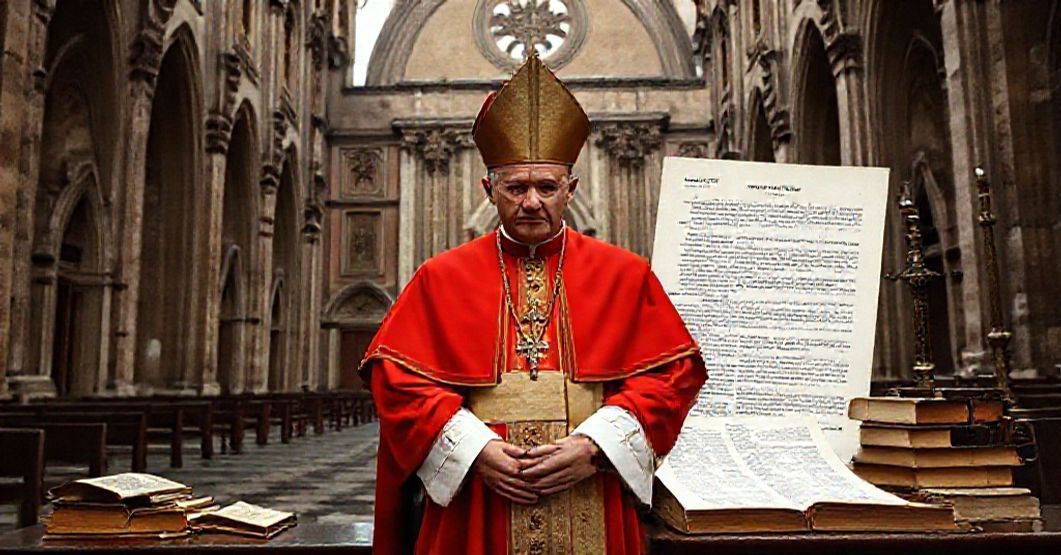Antipopes of the Antichurch



















Timeline of this heretical pontiff
Encyclical Letters
+ 15 posts1959
+ 7 posts1961
+ 4 posts1962
+ 2 posts1963
+ 2 postsApostolic Exhortations
+ 3 postsApostolic Constitutions
+ 93 posts1958
+ 6 posts1959
+ 87 postsMotu Proprio
+ 15 posts1958
+ 1 posts1959
+ 1 posts1962
+ 11 postsApostolic Letters
+ 151 posts1958
+ 4 posts1959
+ 63 posts1960
+ 78 posts1961
+ 1 posts1962
+ 4 posts1963
+ 1 postsSpeeches
+ 99 posts1958
+ 2 posts1959
+ 26 posts1960
+ 29 posts1961
+ 16 posts1962
+ 24 postsMessages
+ 6 posts1959
+ 4 postsHomilies
+ 4 postsLetters
+ 152 posts1958
+ 1 posts1959
+ 48 posts1960
+ 32 posts1961
+ 31 posts1962
+ 30 posts1963
+ 10 postsNot categorized
+ 1 posts1958
+ 1 postsNews feed


Summi Pontificis electio (1962.09.05)
This motu proprio of Ioannes XXIII reworks selected procedural norms for the election of a Roman Pontiff, modifying and supplementing Pius XII’s constitution Vacantis Apostolicae Sedis (1945). It details technical regulations on photography and recordings of a dying or deceased pontiff, funeral and burial arrangements, the role and election of the Camerlengo, the integrity of conclave enclosure, the number and vetting of conclavists, the formulation of oaths, the exclusion of civil vetoes, the secrecy of ballots and communications, and the formal confirmation of the two‑thirds requirement in conclave, presenting all as prudent adaptations to “changed circumstances” for the protection of the freedom and dignity of papal elections.


Appropinquante Concilio (1962.08.06)
Appropinquante Concilio is the motu proprio of John XXIII establishing the procedural norms, structures, personnel, and voting mechanisms for the upcoming Second Vatican Council: it solemnly anticipates a “marvelous spectacle” of bishops from all nations, defines who are “Conciliar Fathers,” erects commissions, a technical and ecumenical secretariat, an administrative tribunal, sets Latin as the official language, codifies secrecy, and details how schemas are to be proposed, debated, amended, and finally approved for promulgation by the “pope.” Behind its juridical precision, this document is the cold, technocratic blueprint for institutionalized apostasy, architecting the conciliar revolution that would mutilate doctrine, worship, and discipline under a pseudo-Catholic facade.


Cum gravissima (1962.04.15)
John XXIII’s motu proprio “Cum gravissima” (15 April 1962) decrees that all members of the Sacred College of Cardinals are henceforth to be raised to episcopal dignity, modifying canons so that every Cardinal, including Cardinal Deacons, may act with pontifical rites in their respective churches, while formally preserving the tripartite division (episcopal, presbyteral, diaconal) de iure. The text justifies this institutional engineering by appealing to the “grave” responsibilities of the College, its advisory role to the Roman Pontiff, its international composition as a sign of the Church’s catholicity, and the supposedly more coherent alignment of cardinalitial status with the plenitude of the priesthood.


Suburbicariis sedibus de suburbicariarum dioecesium regimine (1962.04.11)
The motu proprio issued by John XXIII on 11 April 1962 reorganizes the governance of the suburbicarian dioceses around Rome. It praises the historical link of these sees with the papacy, recalls concern of past pontiffs, and then decrees that: (1) suburbicarian “cardinal-bishops” retain only a titular relationship to their sees without real jurisdiction; (2) a residential bishop, appointed by the Roman pontiff, will be the true ordinary with full diocesan authority; (3) titular suburbicarian “cardinals” enjoy certain liturgical honors and privileges, but are freed from diocesan responsibilities; (4) the suburbicarian dioceses are to form one conference with the diocese of Rome. In essence, the text strips the historic cardinal-bishops of their proper pastoral rule and subordinates the ancient structure to a centralized curial model, thereby manifesting the juridical, theological, and spiritual dislocation characteristic of the conciliar revolution.
Varia
Announcement:
– News feed –implemented
– Antipopes separate web sites with their all documents refutation – in progress
